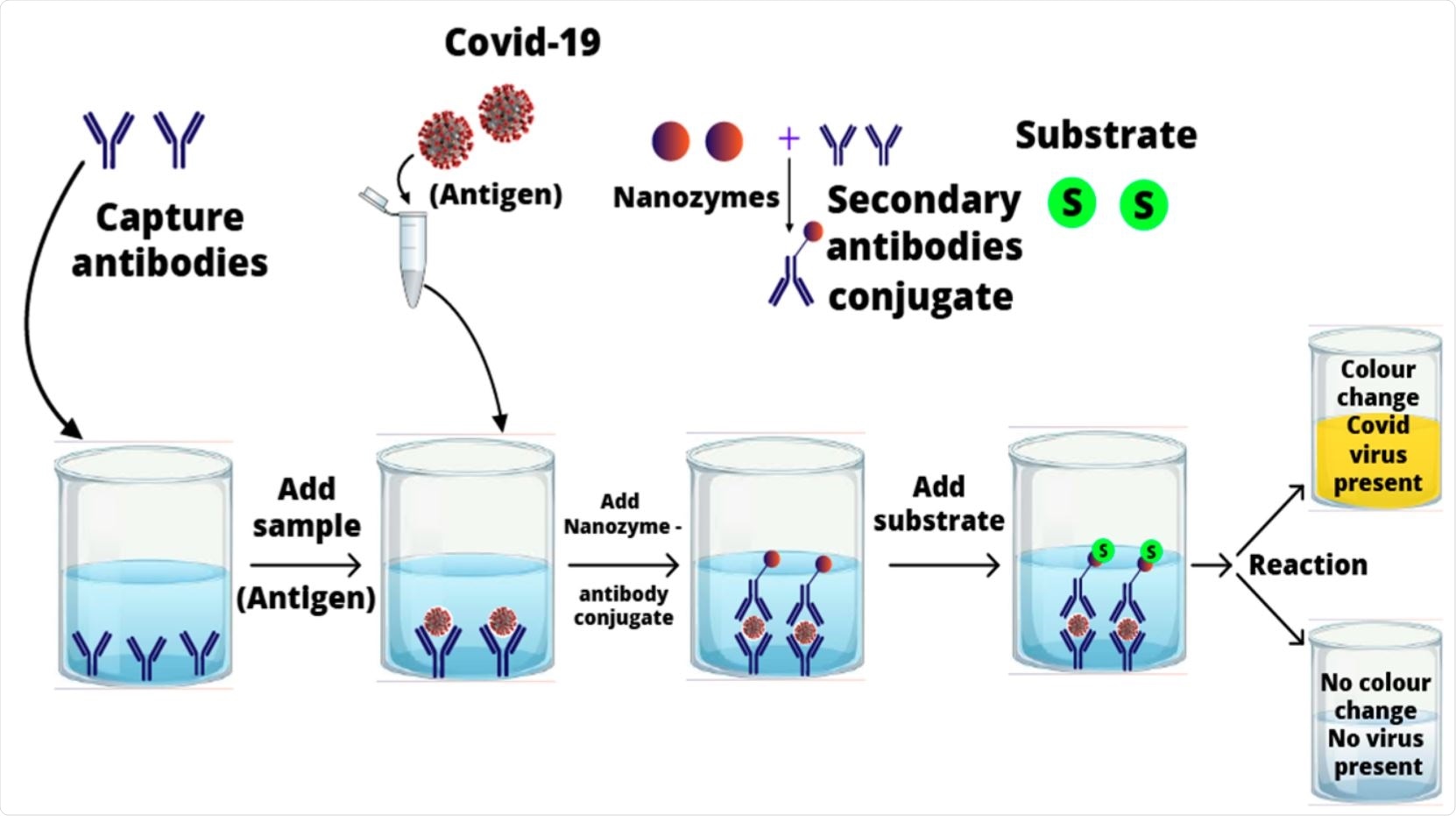Severe acute respiratory syndrome coronavirus 2 (SARS-CoV-2) is a single-stranded positive-sense RNA virus encoding three non-structural, structural, and accessory proteins. It is highly infectious and has caused the ongoing COVID-19 pandemic which has severely impacted global public health systems and the world economy. The coronavirus disease 2019 (COVID-19) outbreak is one of the biggest public health challenges of the century.
As the pandemic continues to rage on in many countries, developing and distributing safe and effective vaccines against SARS-CoV-2 is of top priority.
Multiple SARS-CoV-2 vaccines have been approved for use so far, with more in the pipeline. However, large-scale production of vaccines with good efficacy, affordability, and accessibility remains a big challenge.
Reinfections after immunization and uncertainties in trial data of some vaccines show that the vaccine development and deployment process needs further investigation.
The emergence of new and more infectious SARS-CoV-2 variants with possible immune escape capabilities is also a major cause for concern.
A global health emergency such as this pandemic calls for urgent development of tools for rapid diagnosis and advanced treatment options for the mitigation of the disease. Despite major developments in diagnostics and control of SARS-CoV-2 in the initial phase, there is still a pressing need to find effective solutions to end this pandemic.
Nanotechnology has many approaches that can be used to fight the current crisis thanks to the versatility, low cost, user-friendliness, and high stability of nanomaterials.

Advantages of nanozyme and their potential applications in fight against coronavirus disease 2019 (COVID-19).
Nanomaterial-based enzyme mimetics or nanozymes as antiviral agents
Over the last few decades, researchers have developed artificial enzymes for many applications. Recently, they deployed nanomaterial-based enzyme mimetics or nanozymes in diagnosis and therapeutics. Nanozymes find applications in various biomedical applications, including antiviral agents and cancer therapy.
Although it is evident that the unique characteristics of nanozymes may help overcome the challenges in early diagnosis and treatment of COVID-19, their potential and contribution in fighting this pandemic in terms of rapid detection, viral inhibition at various stages, and effective vaccine development strategies are not fully explored.
Researchers from the UAE and Pakistan recently conducted a comprehensive analysis of recent updates on nanozymes and their potential applications in detecting and treating SARS-CoV-2 infection. Their paper published in the journal Nanomaterials discusses the potential and use of nanozymes in fighting COVID-19.

Possible mechanism of nanozyme-mediated sandwich enzyme-linked immunosorbent assay (ELISA) for SARS-CoV-2 detection.
Results show various ways in which nanomaterial-based therapeutics could help tackle SARS-CoV-2 infection
The analysis shows that nanozymes have morphological and physicochemical similarities with SARS-CoV-2, and they can interfere with the life cycle of the virus. They can also inhibit viral entry into the host cells by blocking the attachment of the virus or inhibiting the replication of the virus. Nanozymes can also block viral RNA synthesis and viral assembly, which is another effective strategy to stop viral infection. Iron oxide nanozymes (IONzymes) have significantly improved the defensive capacity of PPEs such as facemasks by inhibiting viral actions.
The efficacy of SARS-CoV-2 vaccines can be improved by adding immunomodulating nanozymes or using them as adjuvants in the vaccines. Nanozyme-based virus-like particles that can mimic SARS-CoV-2 may induce durable immunity in recipients without exposure to virulent components.

Possible mechanism of virus inactivation: (A) by blocking the viral entry, (B) by inhibiting viral RNA synthesis, (C) by blocking viral assembly and proliferation.
Nanozymes can also be used to lessen the impact of other challenges such as antimicrobial resistance in the future. In conclusion, nanozymes or nanomaterial-based therapeutics are expected to play a significant role in tackling this pandemic.
Deeper research into nanozymes is vital to understand and tackle their adverse effects
Efficient antiviral strategies are important to minimize viral proliferation, cellular damages by the virus, and frequency of mutation. According to the authors, future research projects can explore various combinations of biocompatible nanozymes to broaden the antiviral spectrum against SARS-CoV-2 and other human coronaviruses.
Despite the promising features and potential applications of nanozymes, their low selectivity and nanotoxicity limit their biomedical applications. Thus, deeper research into nanozymes could help improve the efficacy of antiviral medications and reduce their adverse effects.
The authors also highlight future research directions and possible applications of nanozymes in early diagnosis and developing treatment of SARS-CoV-2. They believe that this work will pave the way toward the development of rapid and sensitive diagnostics to end the COVID-19 crisis.